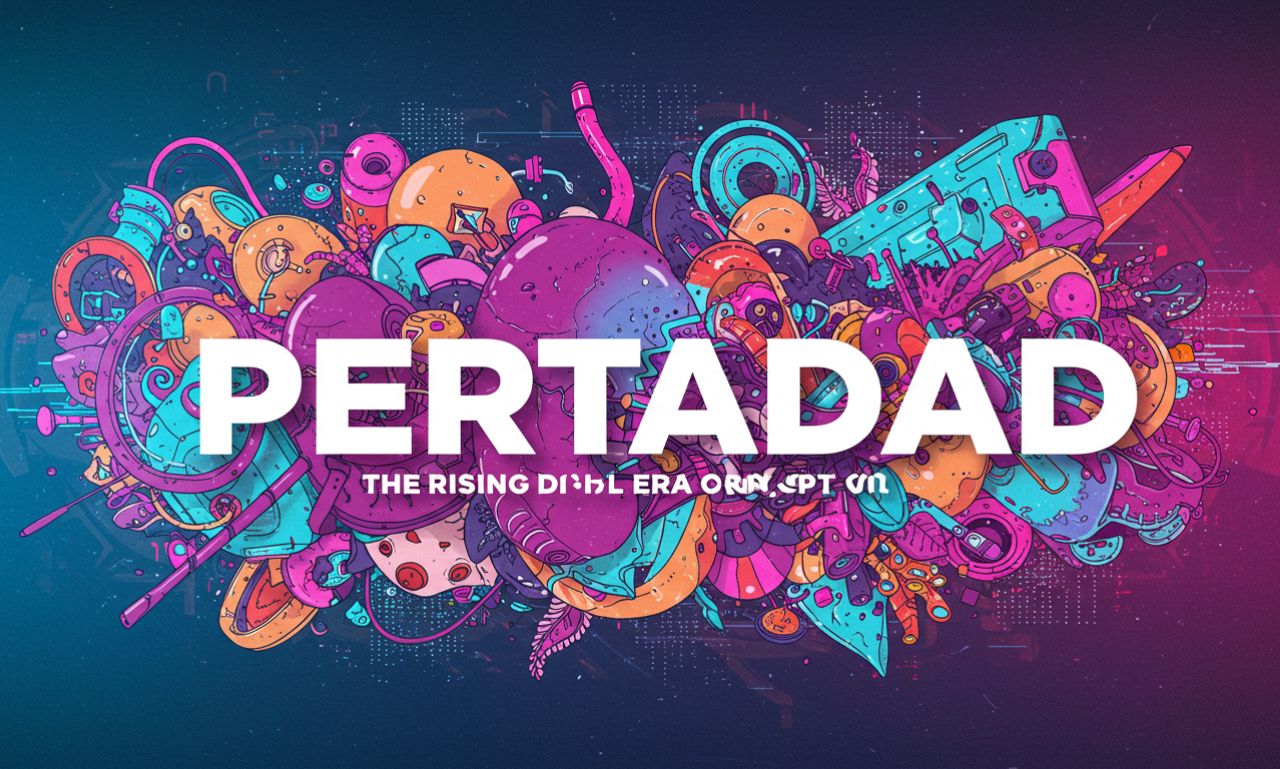Schedow is a modern productivity and scheduling platform designed to unify time management, task organization, reminders, and team collaboration. It goes beyond a simple calendar by layering automation, intelligent suggestions, and work–life balance features. Its promise: one tool to reduce cognitive load, streamline scheduling, and maintain clear boundaries between work and personal life.
While many productivity apps focus on either tasks, calendars, or collaboration, Schedow aims to combine all of these in one interface—especially targeting users who juggle multiple roles, teams, or creative work.
Origins & Evolution
Founding & Mission
Schedow’s origin is rooted in the frustration many feel when using fragmented productivity tools. The founders envisioned a platform that not only schedules events but actively helps users manage obligations, avoid overload, and stay organized without constant context switching.
In early 2023–2024, Schedow entered beta, gradually introducing features like smart reminders, drag-and-drop scheduling, and integrations. Since then, it has gained traction among freelancers, creative professionals, and small teams.
Growth & Positioning
Schedow positions itself not just as a tool but as a companion—helping users maintain balance and prevent burnout. The platform periodically publishes content on work–life balance and mental wellness as part of its brand messaging.
By focusing on a “smart schedule” rather than simply a calendar, Schedow stands out among the crowd of generic productivity tools. Its identity leans into automation, adaptive workflows, and integrated visibility across commitments.
Core Features & Functionality
Schedow’s value comes from combining multiple productivity capabilities into one coherent product. Below are its key features:
Smart Scheduling & Time Blocking
Users can drag and drop tasks into their timetable, with Schedow offering suggestions for optimal slots based on existing commitments. Recurring tasks, task dependencies, and energy-pattern-based timing help reduce manual planning.
Reminders & Smart Alerts
Custom reminders notify users at times that suit their workflow. Schedow also warns about overlaps, deadline pressure, or overcommitment. These alerts help users stay ahead of scheduling conflicts.
Team Collaboration & Shared Calendars
Schedow supports shared calendars for teams, enabling members to view one another’s availability, assign tasks, and coordinate projects. Shared timelines improve transparency and reduce meeting friction.
Integration with Other Tools
To avoid siloing, Schedow integrates nicely with widely used productivity apps—Google Calendar, MS Outlook, Slack, Trello, or CRMs. This ensures your events and tasks sync rather than duplicate.
Work–Life Balance Tools
One notable differentiator is its focus on balance. Schedow has features to help set boundaries, such as limiting work hours, gentle reminders to stop working, or scheduling buffer time.
Custom Dashboards & Views
Users can customize their dashboards—highlighting tasks, calendar slots, collaboration updates, or personal priorities. This flexibility ensures the tool adapts to individual workflows rather than forcing a rigid layout.
Use Cases & Who Benefits
Schedow’s blend of scheduling and task management makes it useful across multiple user types:
-
Freelancers and solopreneurs juggling projects, client meetings, and personal time
-
Creative professionals balancing bursts of focused work with collaborative sessions
-
Small teams needing a shared scheduling tool without bloated complexity
-
Students managing classes, assignments, and extracurriculars
-
Hybrid or remote workers coordinating across time zones and shifting routines
In each case, Schedow helps streamline the mental overhead of deciding “when” and “what next.”
Strengths & Differentiators
What sets Schedow apart from other tools like Trello, Notion, or standard calendars?
-
Unified experience — rather than using separate apps for tasks, reminders, and scheduling, Schedow bundles them.
-
Balance-oriented design — its features aim to prevent burnout and promote healthy workflows.
-
Adaptive scheduling logic — suggests time slots instead of forcing manual planning.
-
Integration-first approach — rather than locking users in, it integrates with existing tools.
-
User-centric dashboards — allowing customization rather than rigid task boards.
These strengths give it appeal especially to users tired of juggling multiple productivity apps.
Challenges & Limitations
No platform is perfect. Some potential pitfalls or constraints of Schedow include:
-
Learning curve for advanced features — features like dependency logic or automation may require time to master
-
Mobile vs desktop parity — mobile apps may lack full features compared with the desktop version
-
Overdependence risk — users may rely too heavily on automation and neglect human oversight
-
Integration gaps — if a niche tool you use isn’t supported, you may still need auxiliary apps
-
Pricing model constraints — premium features or team tiers may be behind paywalls, limiting access for some users
Users should weigh Schedow’s benefits against these constraints in light of their workflow needs.
Pricing & Plans
Schedow typically offers tiered plans to suit individuals, teams, and enterprises.
-
Free / Basic Plan: core scheduling, reminders, and limited integrations
-
Premium / Individual Plan: unlocks advanced features like custom views, analytics, expanded integrations
-
Team / Business Plan: adds shared calendars, role permissions, collaboration tools, and priority support
The philosophy is to make basic use accessible, while advanced tools are paid. Many users begin with the free tier and upgrade once they see value.
Security & Privacy Considerations
Because Schedow manages personal schedules and possibly sensitive tasks, security is a priority:
-
Secure authentication (e.g., two-factor)
-
Encryption of data both in transit and at rest
-
Clear ownership of user data and export functionality
-
Compliance with relevant regulations (e.g. GDPR for European users)
-
Transparent privacy policies and data handling practices
Users should verify that Schedow meets or exceeds industry standards before entrusting it with critical scheduling data.
How to Get Started with Schedow
-
Sign up and connect your existing calendars (Google, Outlook, etc.).
-
Import tasks and set your preferred types of reminders.
-
Explore dashboard layouts and choose one that fits your style (compact view, schedule-focus, task focus).
-
Try dragging tasks into slots and let Schedow suggest time allocations.
-
Invite collaborators or teammates to shared calendars if needed.
-
Experiment with buffer zones or boundary features to protect non-work time.
-
Gradually move more of your scheduling into Schedow—less reliance on sticky notes or mental lists.
Start small; don’t try to adopt 100% immediately. As you build confidence, shift more of your workflow into the tool.
Future & Trends for Schedow
Looking ahead, Schedow has opportunities to evolve in areas such as:
-
AI-driven scheduling intelligence — context-aware suggestions based on historical patterns
-
Predictive workload balancing — alerting users when they’re overcommitting
-
Voice / natural language input — letting users schedule by speaking rather than typing
-
Team analytics / reporting — helping leaders see capacity, bottlenecks, and load distribution
-
Smart integrations with health / wellness apps — e.g. pausing work when biometrics suggest fatigue
-
Offline mode & progressive web app features — maintaining functionality without connection
If it embraces these, Schedow could become not just the replacement for calendars but a new kind of productivity OS.
Conclusion
Schedow represents a shift from fragmented productivity tools toward a holistic scheduling and workflow ecosystem. By combining smart scheduling, reminders, collaboration, and balance-focused features, it offers a compelling option for individuals and teams seeking clarity and alignment in their time.




